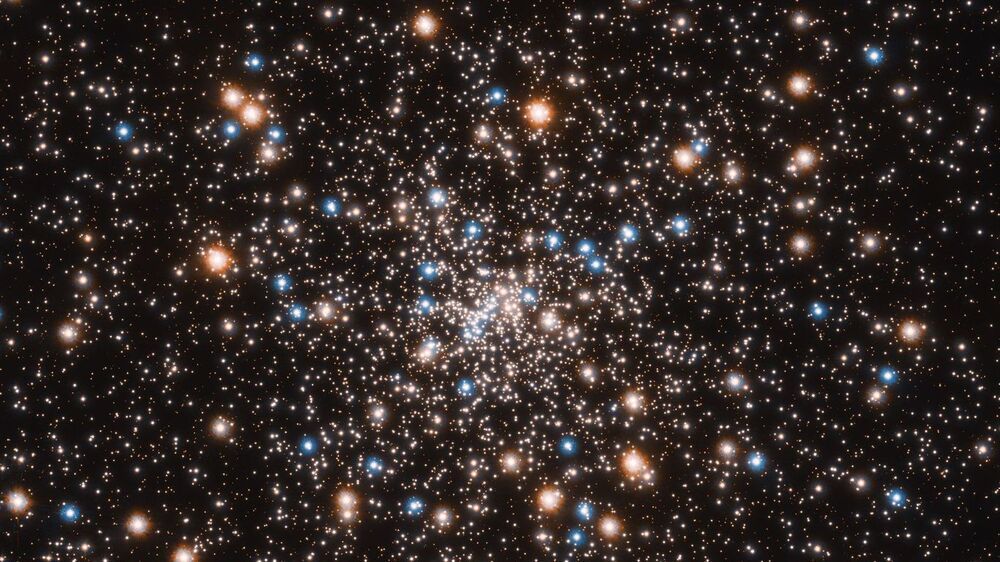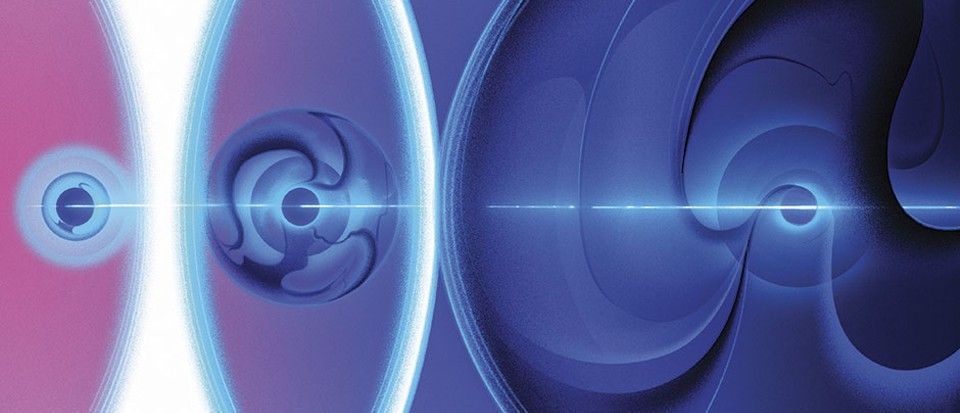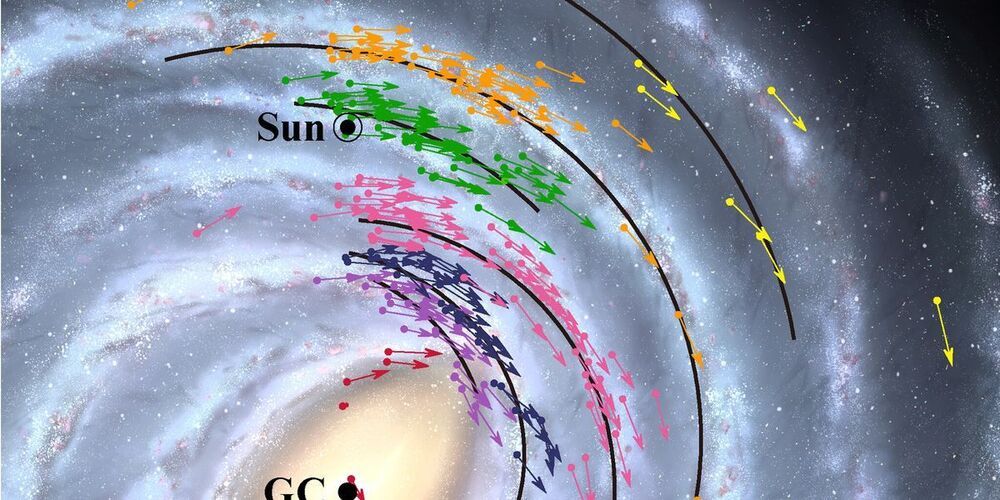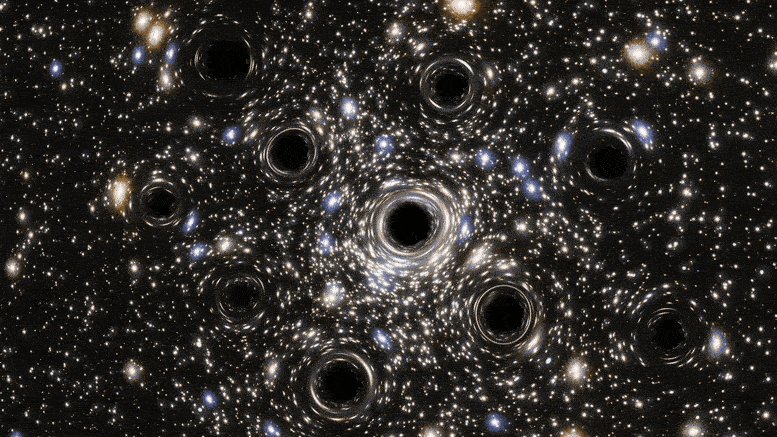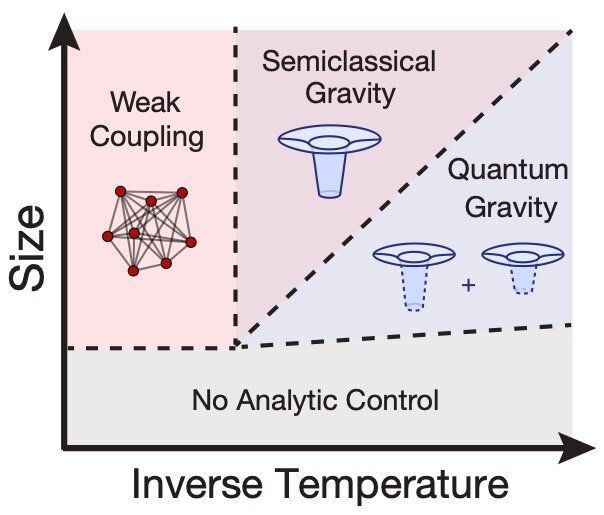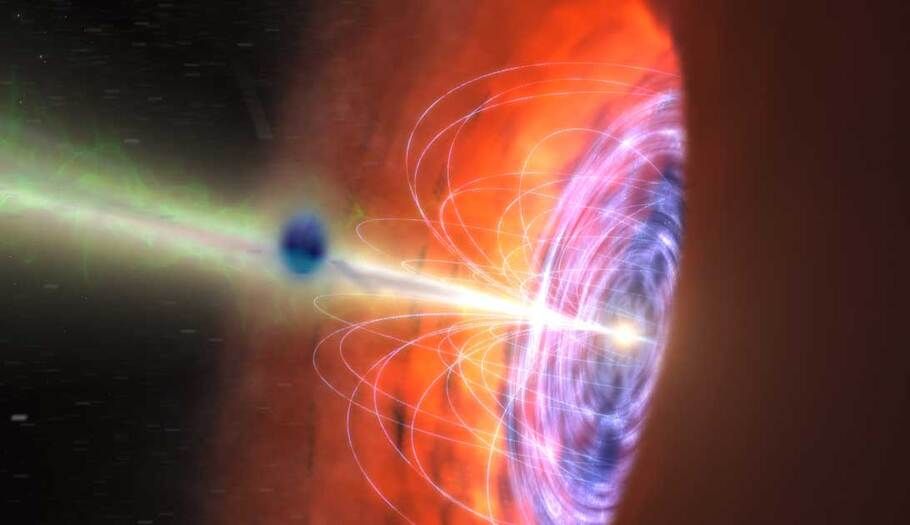Archive for the ‘cosmology’ category: Page 267
Feb 18, 2021
Scientists seek better understanding of black holes from star cluster
Posted by Genevieve Klien in category: cosmology
Scientists might be able to piece together a better understanding of the complexities around how black holes behave.
Feb 16, 2021
The Universe’s 7 biggest mysteries (and why they’re unsolved)
Posted by Derick Lee in categories: cosmology, particle physics
In the last decade, we’ve taken photos of a black holes, peered into the heart of atoms and looked back at the birth of the Universe. And yet, there are yawning gaps in our understanding of the Universe and the laws that govern it. These are the mysteries that will be troubling physicists and astronomers over the next decade and beyond.
Dark matter, the nature of time, aliens and supermassive black holes: these seven things will be puzzling astronomers for years to come.
Feb 15, 2021
New data reveals Earth closer to a black hole and is moving 16,000 mph faster
Posted by Quinn Sena in category: cosmology
A new study shows our planet is much closer to the supermassive black hole at the galaxy’s center than previously estimated.
Feb 13, 2021
Unexpected Discovery: Hubble Space Telescope Uncovers Concentration of Small Black Holes
Posted by Genevieve Klien in category: cosmology
Scientists were expecting to find an intermediate-mass black hole at the heart of the globular cluster NGC 6397, but instead they found evidence of a concentration of smaller black holes lurking there. New data from the NASA /ESA Hubble Space Telescope have led to the first measurement of the extent of a collection of black holes in a core-collapsed globular cluster.
Globular clusters are extremely dense stellar systems, in which stars are packed closely together. They are also typically very old — the globular cluster that is the focus of this study, NGC 6397, is almost as old as the Universe itself. It resides 7800 light-years away, making it one of the closest globular clusters to Earth. Because of its very dense nucleus, it is known as a core-collapsed cluster.
Feb 11, 2021
Researchers gather numerical evidence of quantum chaos in the Sachdev-Ye-Kitaev model
Posted by Saúl Morales Rodriguéz in categories: cosmology, particle physics, quantum physics
Over the past few years, many physicists worldwide have conducted research investigating chaos in quantum systems composed of strongly interacting particles, also known as many-body chaos. The study of many-body chaos has broadened the current understanding of quantum thermalization (i.e., the process through which quantum particles reach thermal equilibrium by interacting with one another) and revealed surprising connections between microscopic physics and the dynamics of black holes.
Feb 9, 2021
A warped scalar portal to fermionic dark matter
Posted by Saúl Morales Rodriguéz in categories: cosmology, particle physics
We argue that extensions of the SM with a warped extra dimension, together with a new $${\mathbb {Z}}_2$$ Z 2-odd scalar singlet, provide a natural explanation not only for the hierarchy problem but also for the nature of fermion bulk masses and the observed dark matter relic abundance. In particular, the Kaluza-Klein excitations of the new scalar particle, which is required to naturally obtain fermion bulk masses through Yukawa-like interactions, can be the leading portal to any fermion propagating into the bulk of the extra dimension and playing the role of dark matter. Moreover, such scalar excitations will necessarily mix with the Higgs boson, leading to modifications of the Higgs couplings and branching ratios, and allowing the Higgs to mediate the coannihilation of the fermionic dark matter.
Feb 8, 2021
Dr. Jill Tarter — Chair Emeritus — SETI Institute — The Search for Extraterrestrial Intelligence
Posted by Ira S. Pastor in categories: bioengineering, cosmology, education, evolution, physics
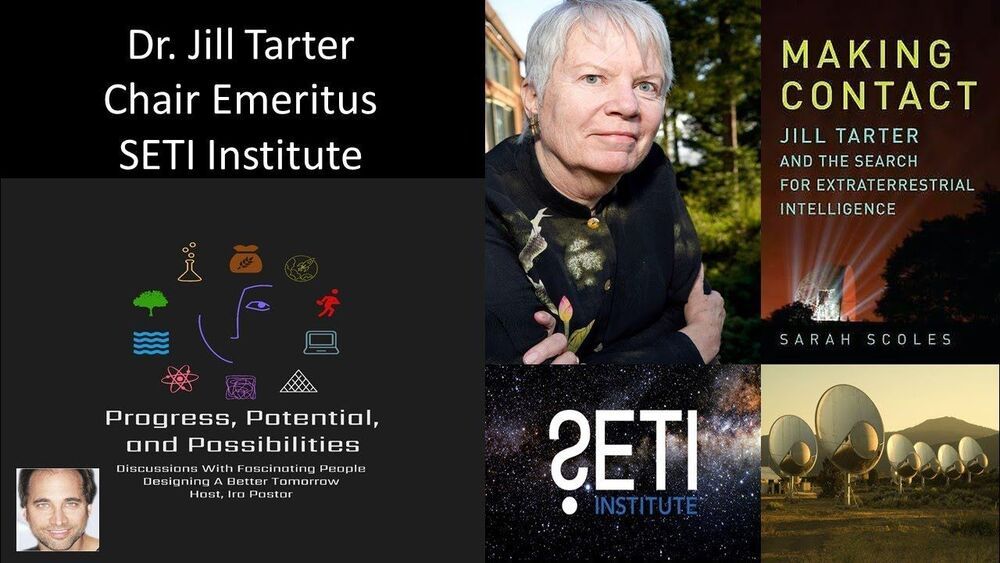
Chair emeritus, SETI institute — the search for extraterrestrial intelligence.
Dr. Jill Tarter is Chair Emeritus for SETI (Search for Extraterrestrial Intelligence) Research at the SETI Institute, a not-for-profit research organization whose mission is to explore, understand, and explain the origin and nature of life in the universe, and to apply the knowledge gained to inspire and guide present and future generations.
Feb 8, 2021
Intriguing Remains of a Rare Stellar Explosion Discovered in Milky Way Center
Posted by Lon Anderson in category: cosmology
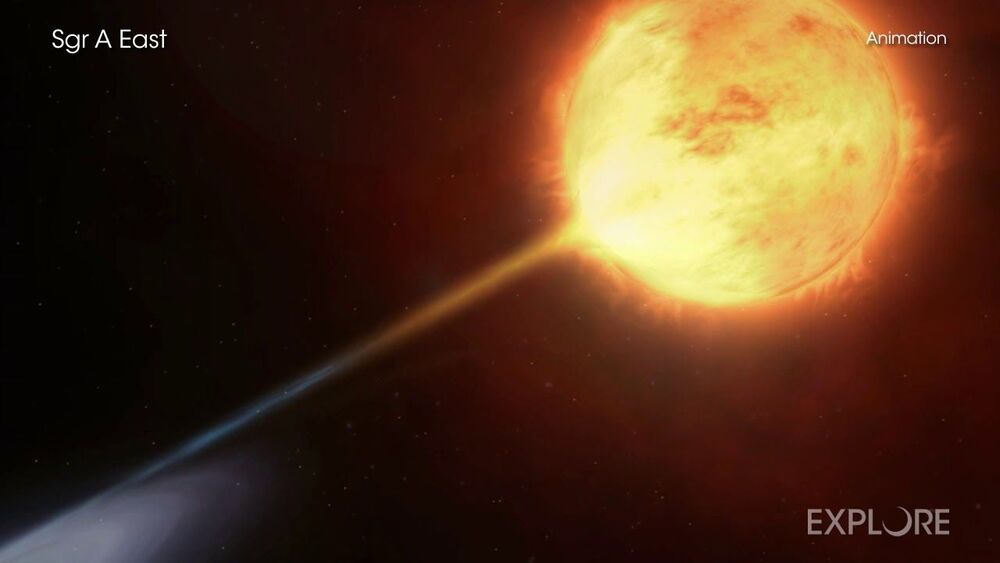
Scientists have discovered the first evidence for a rare type of stellar explosion, or supernova in the Milky Way. This intriguing object lies near the center of our galaxy in a supernova remnant called Sagittarius A East (Sgr A East). Chandra data revealed that Sgr A East may belong to a spec.

